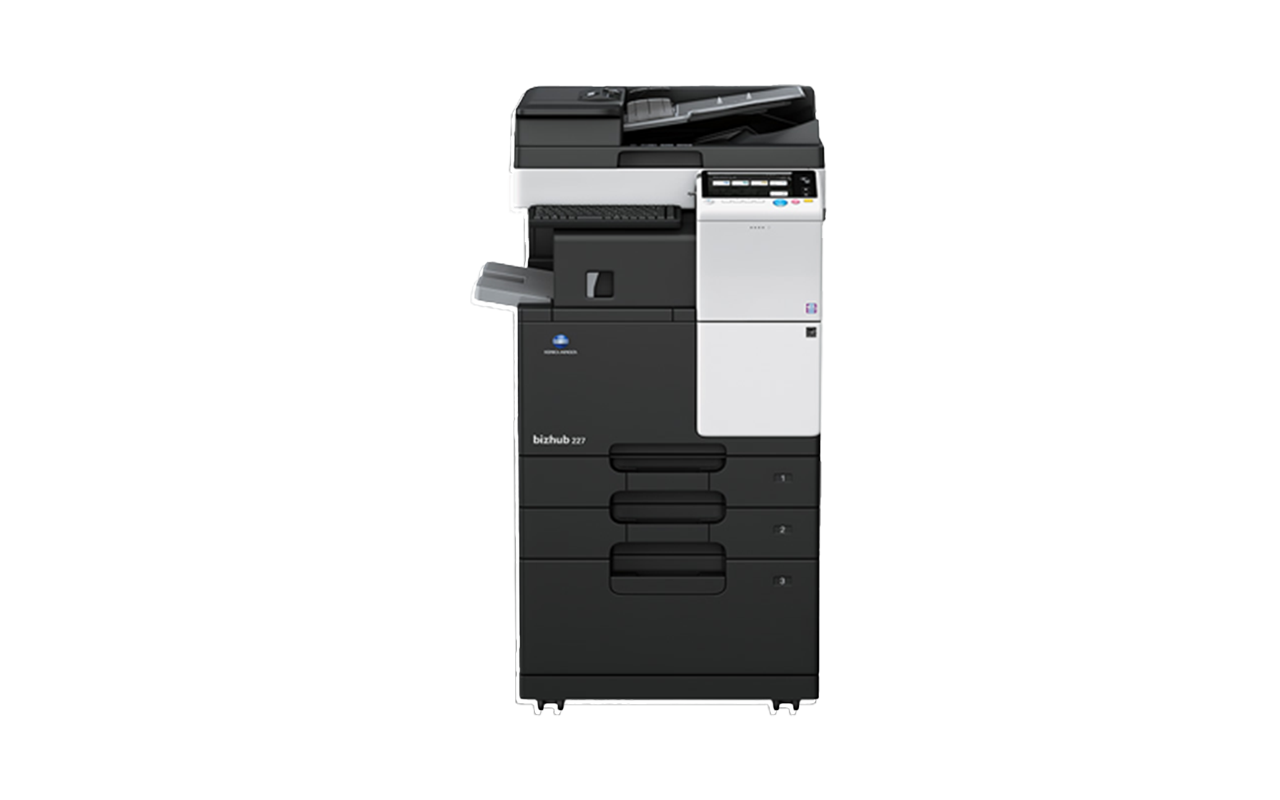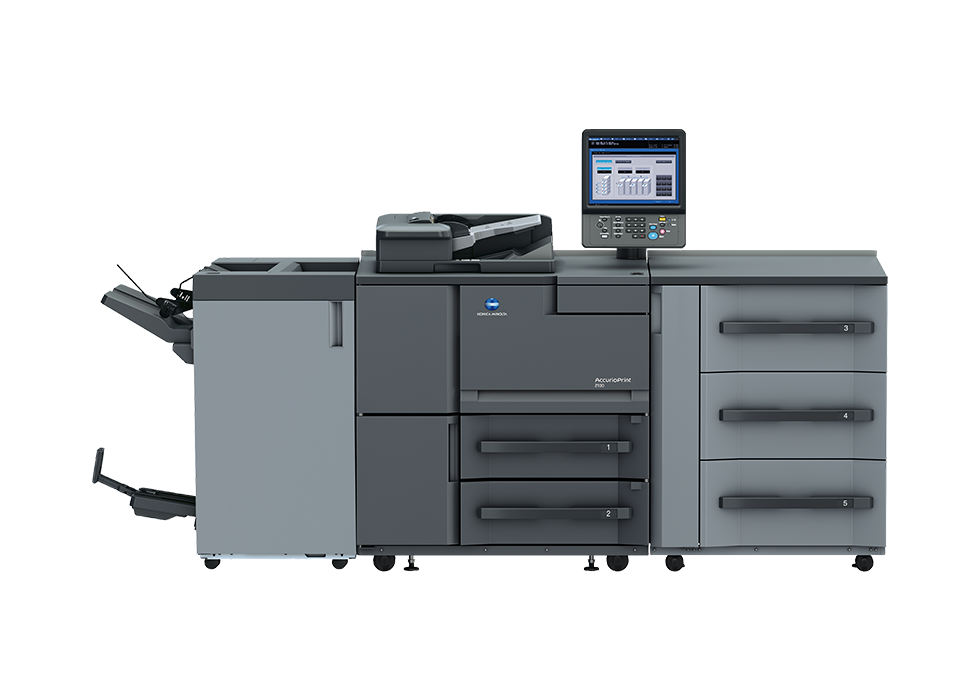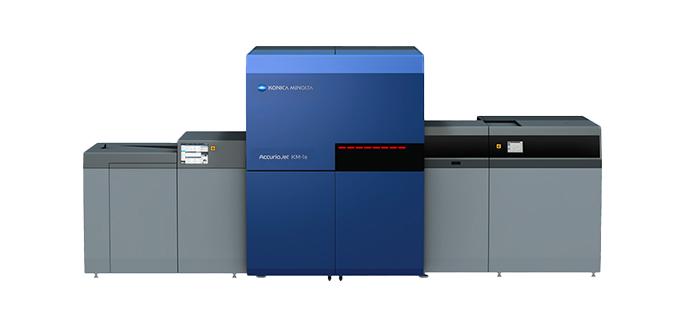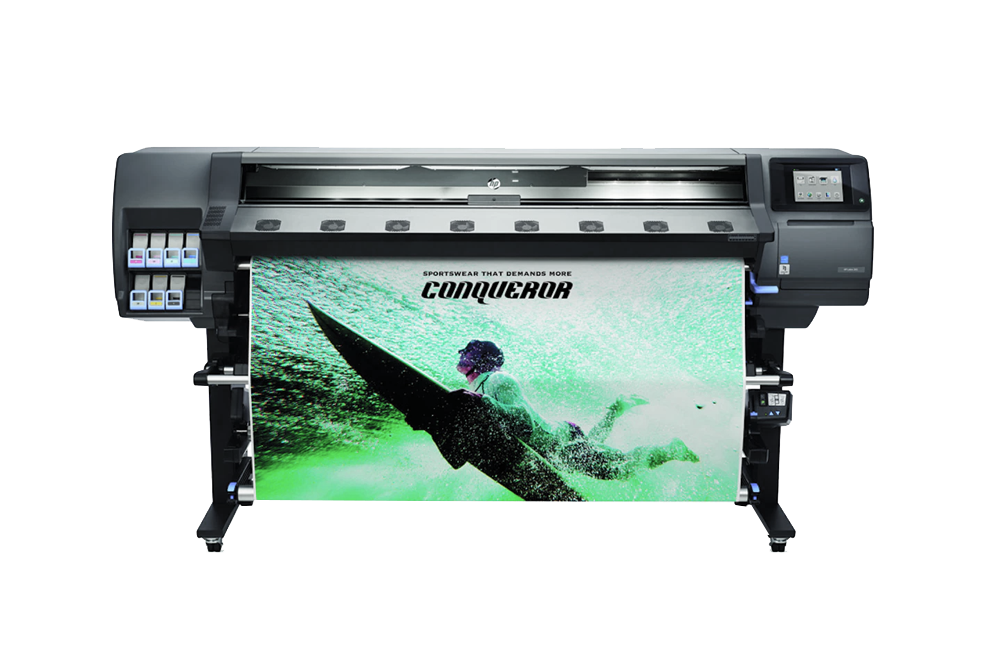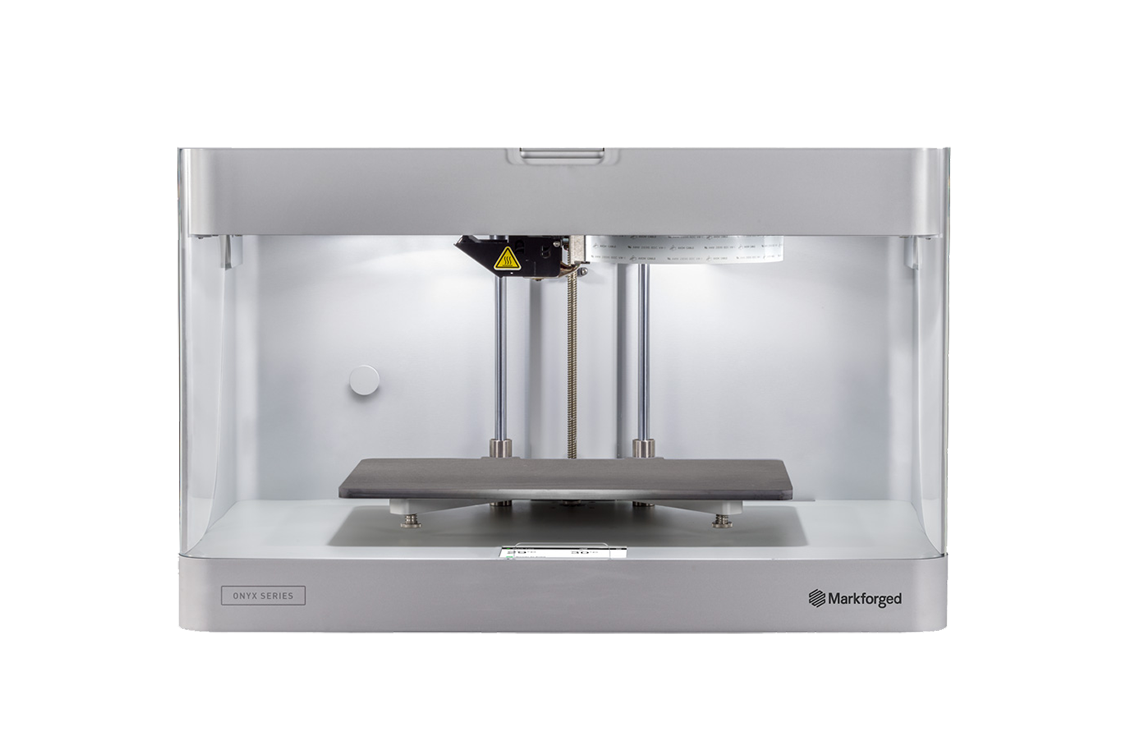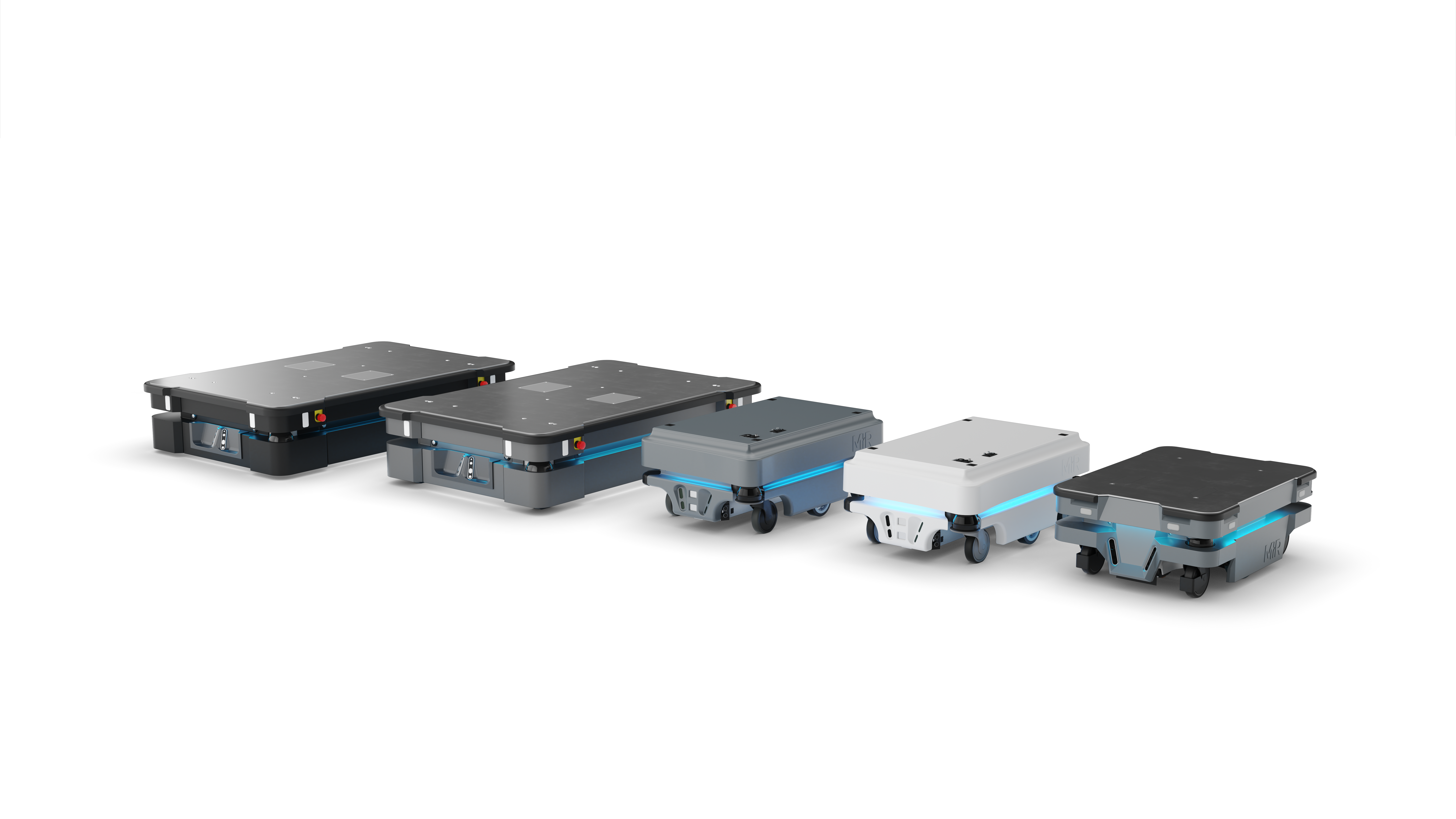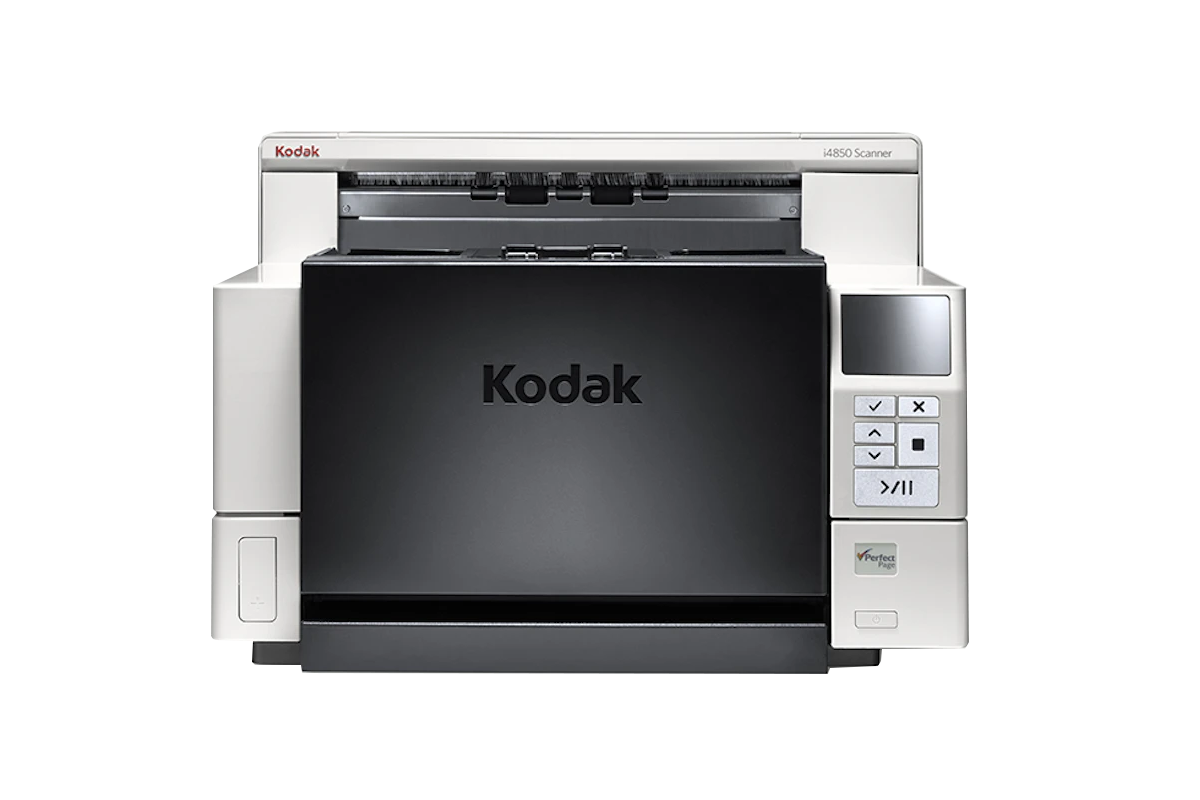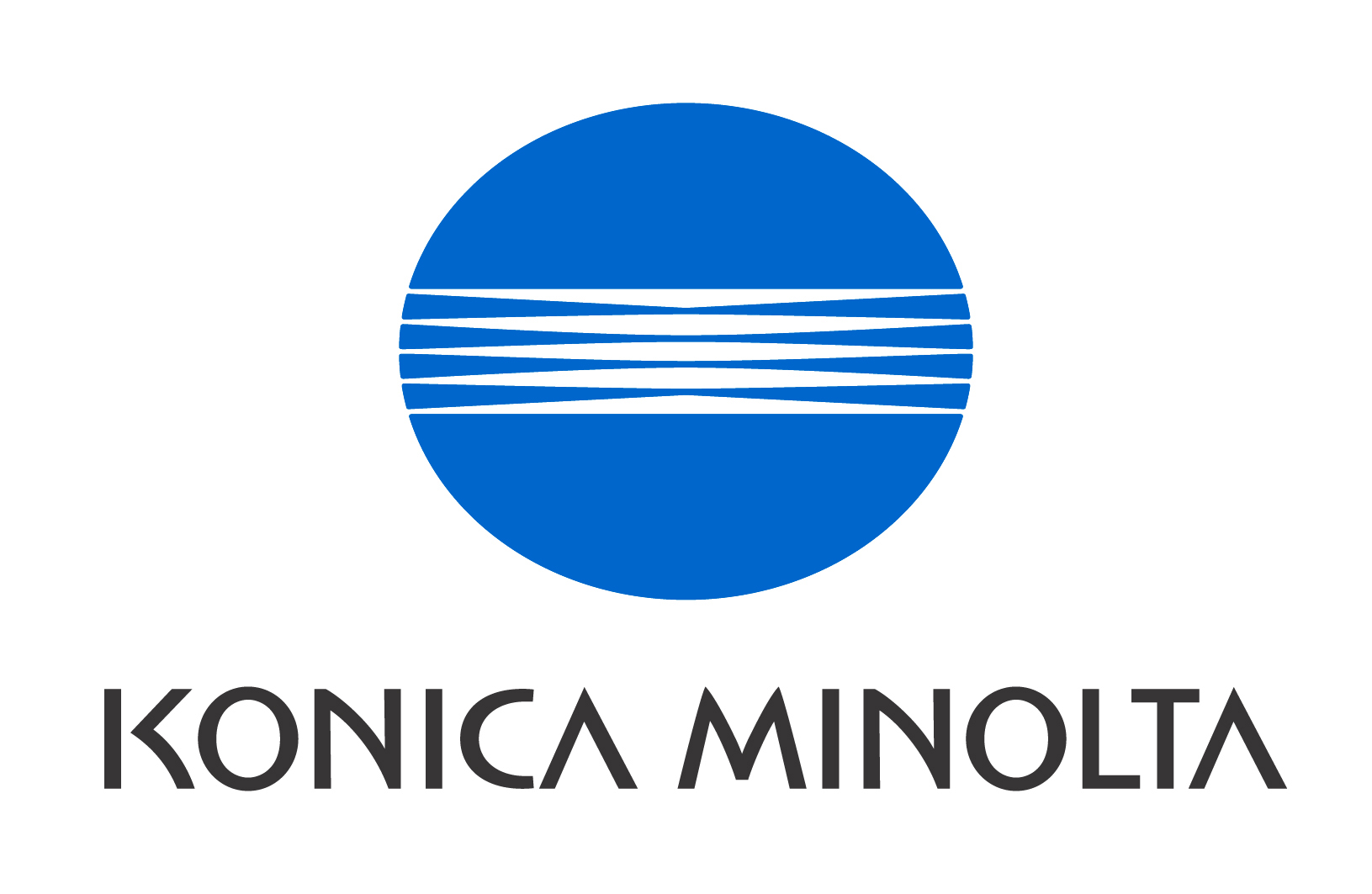-
Products
-
Office Printers
-
Production Printers
-
Industrial Printers
-
Wide Format
-
Commercial 3D Printers
-
Robotics
-
Document Scanners
- 3D Printer Accessories & Consumables
- View all
-
 Find the perfect printer for your business
Read more
Find the perfect printer for your business
Read more
-
-
Services
-
Information Management
-
Managed Print
- View all
-
 Elevate your print & information technology with Insight Hub
Read more
Elevate your print & information technology with Insight Hub
Read more
-
- Support
-
News
-
About
- Contact us
